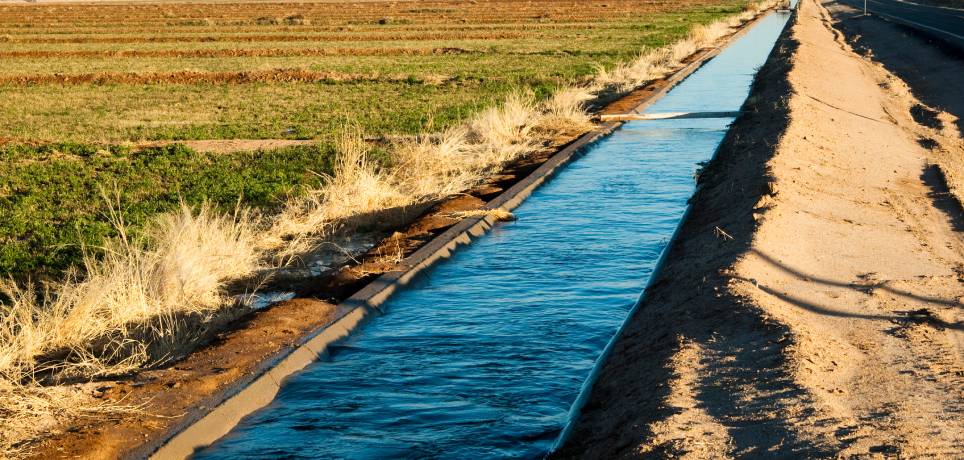Canal liners minimize water loss and enhance the efficiency of canal systems. Selecting the right liner ensures operational success and environmental safety. The wrong choice, however, can lead to increased repair costs, reduced performance, and harm to surrounding ecosystems. Before choosing a canal liner, here are all the important factors to consider.
Materials
The canal liner’s materials determine its durability, cost, and environmental compatibility. Options vary from concrete to geomembranes to synthetic liners, each suiting specific needs. For instance, geomembranes are flexible and cost-effective but may require additional support in unstable terrains. Concrete liners work well in high-pressure settings but have pricy upfront costs. When selecting a material, always assess its ability to endure challenging conditions, such as harsh weather or chemical exposure, while staying within budget constraints.
Soil and Subgrade Conditions
Understanding soil and subgrade conditions helps you prevent complications during and after liner installation. Some materials, like clay liners, work well with certain soils, while others might require additional foundation preparation. For example, permeable soils with high sand content demand a combination of liners and barrier layers to control seepage. Proper grading and compaction of the subgrade remain essential to avoiding failures, like shifting or sinking, over time.
Climatic Conditions
A liner’s lifespan depends on how well it handles local weather challenges. This means that climatic conditions are another essential factor to consider when choosing a canal liner. UV resistance is important in regions with long, sunny days, while durability against freezing and thawing cycles matters in colder climates. Flexible materials like geomembranes support areas prone to extreme temperature shifts, as they expand and contract without damage. Heavy rainfall may also test the durability of some liners.
Geographical and Project-Specific Needs
Every canal liner project differs based on geographical and usage requirements. Slopes, bends, or uneven terrain may demand a more adaptable liner material. For example, clay liners handle curved paths better than rigid options like concrete. Agricultural, municipal, or industrial needs may also dictate material selection, as each scenario comes with specific challenges. Time constraints for installation can further influence the choice, as some materials suit shorter timelines.
Hydraulic Performance
Efficient water flow and minimal water loss are the primary goals of a quality liner. Certain materials improve hydraulic performance by reducing friction and preventing seepage. For instance, smooth synthetic liners can enhance water flow better than rough concrete surfaces. However, over time, sediment may accumulate on the liner’s surface, impacting overall efficiency. Additionally, some liners wear out quicker than others under high-flow conditions. That said, always ensure the liner supports the water flow needs of your specific application.
Find the Ideal Canal Liner
At Western Environmental Liner, we provide reliable canal liners that meet your project demands. We also offer liners for ponds and lakes, giving you flexible options for water containment, no matter the application. You’ll get more than great products when you work with us—we’re here to guide you every step of the way, from choosing the right liner to ensuring a smooth installation. Contact our team today to learn more.


